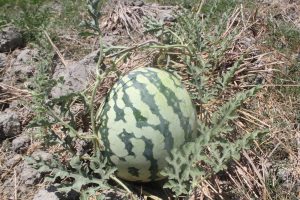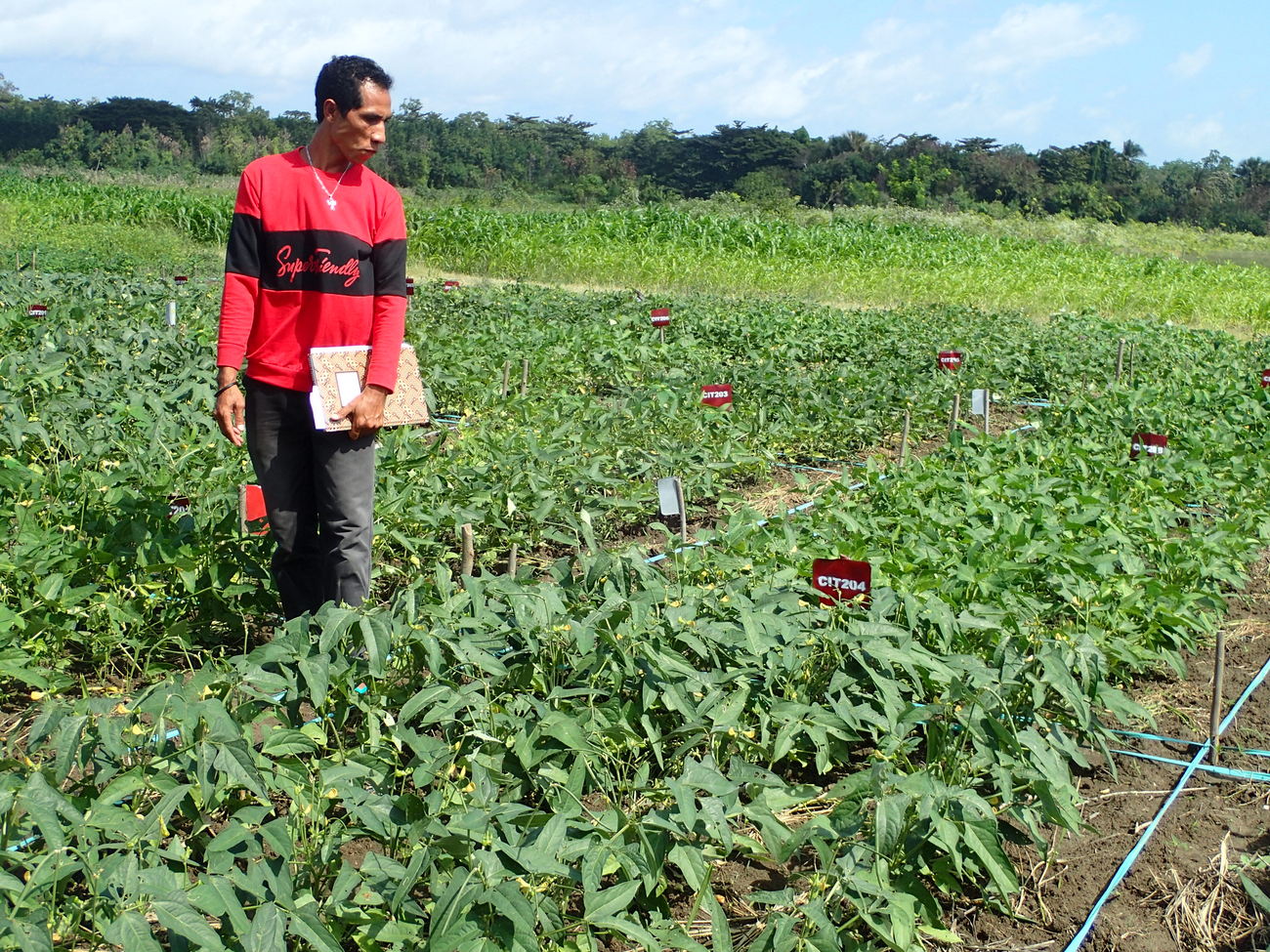Sandalwood is a tree native to the island of Timor. Its significant ecological, commercial and cultural value to the country is widely recognised.
But wild populations have dwindled to nearly nothing, seedlings take decades to reach maturity, and the tree’s semi-parasitic tendencies make it difficult to grow.
How can farming families in Timor-Leste unlock the value of their nation’s plant without stripping their soil bare or sending themselves broke?
The answer could already be growing in their backyards.
New research from AI-Com with farmers in Bobonaro and Manatutu municipalities is trialling planting sandalwood seedlings with forage tree legumes, to feed and hasten sandalwood seedling growth and to feed surrounding land and the animals.
A semi-parasitic tree, sandalwood, Santalum album, forms a parasitic root connection with other species, absorbing water and nutrients from the roots of neighbouring plants. Planted alone, it can obtain nutrients from soil, but not very well – so, farmers are now experimenting with planting sandalwood seedlings together with the leguminous, nitrogen-fixing Leucaena (ai-kafe) and Sesbania grandiflora (ai-turi or ai-kali) trees, which grow commonly across Timor-Leste.
Nitrogen is one of the most important nutrients for plant growth and survival, and it’s everywhere: approximately 78 per cent of the earth’s atmosphere is nitrogen. But plants can’t derive nutrients from nitrogen gas. They must pull it from the soil – but centuries of rainwater washing through the soil has depleted soil fertility and made nutrients less available for plants to extract nutrients vital to growth.
Leguminous plants can fix this. Certain plants like mung beans, soy beans pigeon pea, peanuts and trees like ai-kafe and ai-kali beans have bacteria-containing nodules on their roots, which convert nitrogen from the atmosphere into a form useable for other plants. When a parasitic sandalwood tree grows next to one of these trees, the sandalwood tree roots attach to the roots of the leguminous tree and draw the nutrients from the host trees.
Experiments are being conducted at different elevations to identify prime growing conditions for the sandalwood and its leguminous tree hosts.
And it’s not just about supporting sandalwood. These leguminous trees also act as reliable food suppliers for livestock and can provide mulch and shade for growing vegetables in tough conditions. Where chemical fertilisers are expensive and difficult to find, leguminous trees can fill the gap by adding organic matter to soil and preventing erosion with their extensive root systems.




